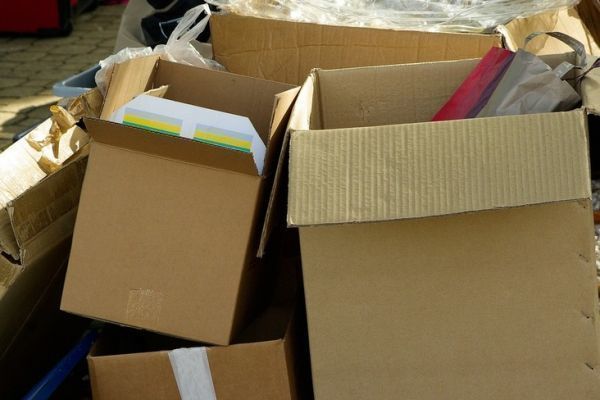British cardboard manufacturer DS Smith has just published Hidden potential: improving paper recycling this study reveals that the recycling rate for cardboard and paper packaging in Europe is slowly but surely declining.
Only 67% recycling in France by 2030
In 2020, Europe and France recycled 82% of their cardboard and paper packaging, a rate already down on 2017. According to DS Smith, if this downward trend continues, this rate will fall to 77% in Europe by 2030, and much more alarmingly, to 67% in France. In France, this would mean 10.6 million tonnes of packaging landfilled or incinerated, worth 2 billion euros.
Generation Z not receptive to sorting
The study shows that 24% of people in Europe don't know what waste they can and can't recycle, and that only 32% throw their paper and cardboard packaging into a recycling container when they're not at home. In France, only 40% of 18/24 year-olds recycle almost all their paper and cardboard, compared with 72% of over-65s. Generation Z wouldn't believe in recycling waste put in dedicated garbage cans. This phenomenon is identical in other European countries.
Measures to achieve 90% recycling by 2030
Recalling that recycling is the key component of the circular economy, and that cardboard fibers can be recycled 25 times without any significant loss of quality, DS Smith advocates the implementation of rules that would boost the recycling rate to 90% by 2030, representing a saving of 5 million tons of paper and cardboard and 1 billion euros per year.
DS Smith's recommendations are as follows: introduction of a collection system with separate bins for paper and cardboard, both for private individuals at home and on the public highwayâeuros; harmonization of the sorting and collection system, whether at national or European level, with consistent labeling and instructionsâeuros; clearer information on why to recycle, how to recycle and what to recycle, to combat consumer hesitations and doubts; implementation of sustainable and consistent recycling legislation.














